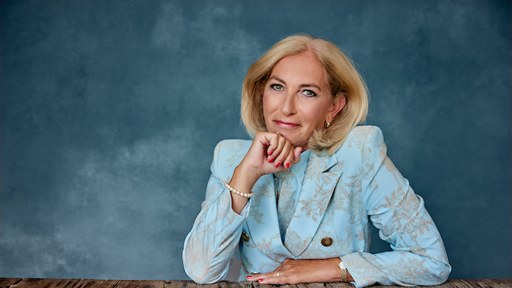Though commercial neuroprosthetics are not new - they have been around for three decades – a new breed is coming, Dhami writes. It is up to the FDA to regulate the use of these new, more diverse devices. This however, will be challenging.
First a look back. Most current neuroprosthetic technologies currently explore the same principle: an external device (a microphone or a video camera) captures sounds or images and processes them, using the results to drive a set of electrodes that stimulate either the auditory or the optic nerve. These devices approximate the naturally occurring output from the ear or the eye.
Some commonly known implantable devices are Cochlear implants, the Argus II retinal implant and deep brain stimulation (DBS) - the implantation of electrodes within certain areas of the brain to help regulate abnormal impulses. DBS has been used to treat Parkinson’s disease since 1997, dystonia since 2003 and OCD since 2009. All these devices have been FDA approved fors ome time now.
New devices
New in this area are deep brain stimulation and other neurostimulator technologies that can control and communicate signals to and from artificial body parts (i.e. limbs, eyeballs). They can help treat a range of conditions such as Alzheimer’s disease, OCD, Tourette’s syndrome, pain management, epilepsy, essential tremor, urinary and fecal incontinence, depression dystonia, gastroparesis, Parkinson’s disease, and bulimia.
Neurostimulator devices that may help paraplegics walk again are expected to reach the market first, Dhami states. The proposed devices beam microvolts of electricity through six surgically installed electrodes to the site of a spinal cord injury. Some experiments with oscillating stimulation have shown results of nerve regeneration after 14 weeks of treatment. There are even studies being done to improve the functioning and memory space of the brain itself.
Big gains, big risks
This market (including products such as: spinal cord stimulator, deep brain stimulator, sacral nerve stimulator, vagus nerve stimulator, gastric electric stimulator) will reach $17 billion by 2024 says to a recent report released by Credence Research. So, big gains are to be made. But the risks are great as well.
Even for the milder treatments discussed above, instances of bleeding in the brain, stroke, infection, breathing problems, nausea, heart problems and seizures have been reported. Then there are the possible side effects that could be irreversible, even leading to fatalities: seizure, infection, headache, confusion, stroke, hardware complications, pain and swelling at the implantation site. Although the demand for innovation in this space is burgeoning, there is also extreme opposition from people on the basis of morality and ethics.
FDA categorizes most neuroprosthetics under the following classifications:
- Class III: Generally premarket approval;
- Class II: 510(k) (or premarket notification), if the intended use and technology are similar to something already classified;
- De Novo: Devices that are not comparable enough to a product on the market. This generates a new device classification regulation, usually Class II;
New FDA branch
The FDA has formed a new branch, The Center for Devices and Radiological Health (CDRH) Organization Pathway for Neurological and Physical Medicine Regulatory Submissions. This branch will oversee brain implantation devices. The agency has also released a guideline for the safety assessment of neurological devices as well as an outline of the nonclinical review considerations here.
Will this be enough for FDA keep up with the emerging innovations in the brain implant space? How the FDA and other governing bodies around the world will choose to move forward with such devices will be interesting to watch in the years to come, Dhami concludes.







